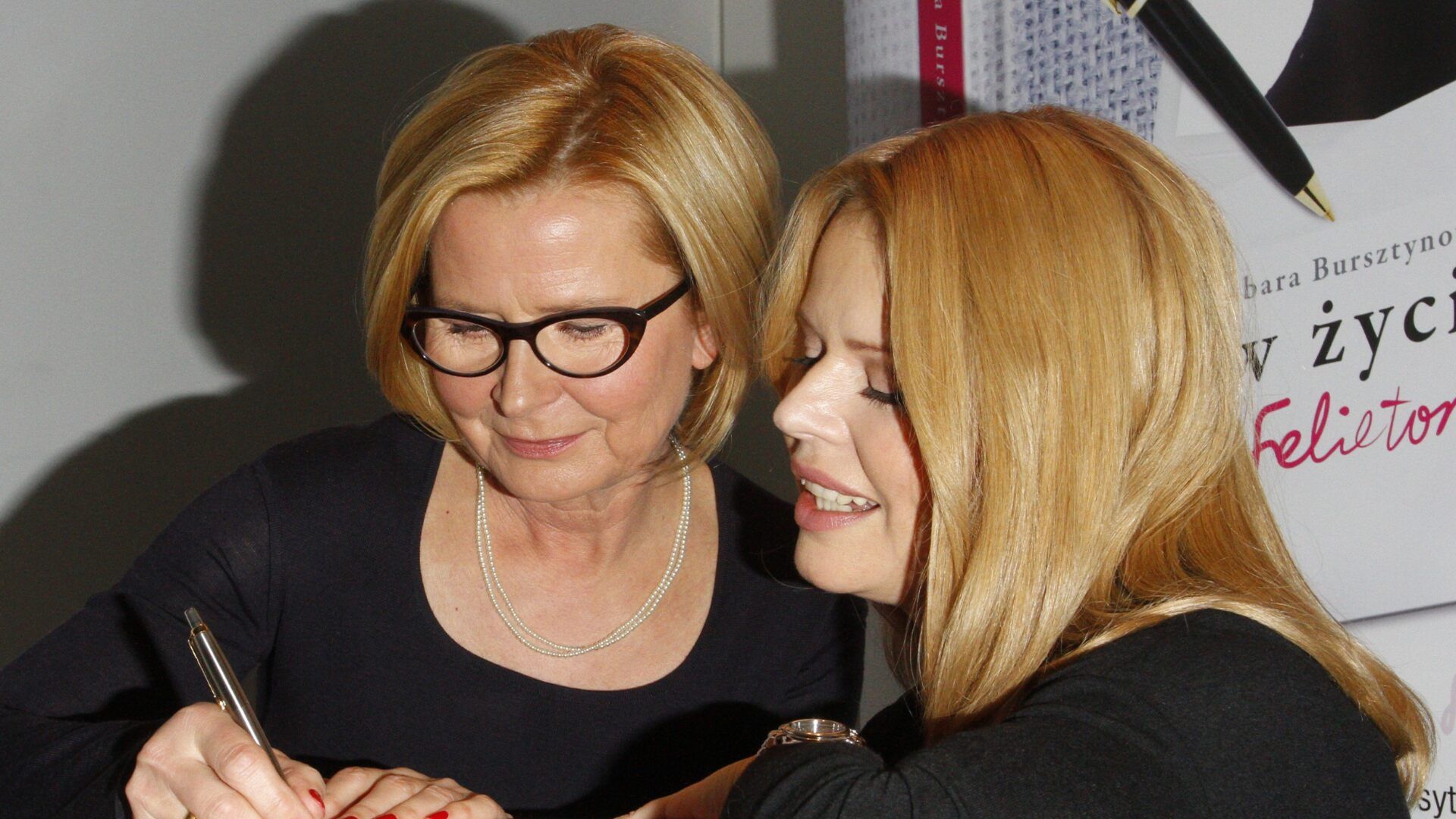The symbolism and strategy behind the release
In June 2025, the Belarusian authorities announced the release of fourteen political prisoners, including Siarhei Tsikhanouski, a 2020 presidential election candidate and husband of Sviatlana Tsikhanouskaya. While global observers cautiously welcomed the gesture, the release is little a sign of a government in retreat than a carefully choreographed diplomatic performance by Alyaksandr Lukashenka’s government. Tsikhanouski’s imprisonment in 2020 had become a catalyst for the largest protest wave in Belarus’s modern history, and his abrupt freedom comes at a time erstwhile the government faces mounting geopolitical pressures and persistent home unrest.
Tsikhanouski’s release is profoundly symbolic but equally strategic. His name has become synonymous with the Belarusian conflict for democratic change, and his incarceration was a rallying point for opposition forces. Yet, the timing and selectivity of his release uncover the regime’s intent to manage perceptions and extract maximum advantage from all concession. Lukashenka’s government has long weaponized political prisoners as bargaining chips, releasing them not out of genuine reformist impulses but to signal flexibility to the West while maintaining an iron grip on power. This pattern, documented by the Viasna Human Rights Centre and extensively reported by specified media outlets as Radio Free Europe/Radio Liberty and Belsat, underscores that releases are always conditional and instrumental to the regime’s broader strategy. Importantly, while any political prisoners are freed, the government continues to detain many others, underscoring that these gestures do not signal a systemic change in repression.
Aliaksandr Klaskouski, 1 of the leading Belarusian political analysts, has illuminated how Lukashenka’s government has cultivated a deliberate construction of an ongoing communicative of existential threat to justify repression and consolidate power. Klaskouski argues that the selective release of prisoners like Tsikhanouski fits this framework. After all, it is simply a controlled concession designed to task an image of magnanimity without ceding real authority or undermining the regime’s grip on society.
Geopolitical calculations and diplomatic signalling
Understanding this latest motion requires situating it within Belarus’s complex geopolitical position. The government remains heavy dependent on Moscow’s economical and safety support but is increasingly aware of the risks of global isolation and sanctions. By releasing selected prisoners, Minsk attempts to signal a willingness to engage diplomatically, peculiarly with the United States and the European Union, without undermining its strategical alliance with Russia. This delicate balancing act reflects Lukashenka’s broader endurance strategy: to keep authoritarian control while exploiting geopolitical rivalries to extract concessions and reduce external pressure. The release of the American lawyer and political activist of Belarusian origin Yury Ziankovich in April 2025, a decision widely interpreted as a signal to Washington, and the subsequent discreet visit made by a US envoy in May, laid the groundwork for the June releases and exemplified this calculated approach.
Some commentators note that these amnesties are frequently timed around symbolic dates, specified as the Day of National Unity, to task an image of national reconciliation and government generosity. Yet, they besides argue that these gestures are carefully staged performances alternatively than genuine reforms, requiring public expressions of gratitude from those released and accompanied by ongoing repression. The “revolving door” nature of political imprisonment in Belarus – where releases are balanced by fresh arrests – ensures continued control and intimidation. This strategy allows the government to deflect global criticism while investigating western willingness to engage diplomatically without demanding substantive change.
Selectivity and opposition dynamics
Valer Karbalevich, another prominent Belarusian political analyst, has emphasized that the choice to release Tsikhanouski but keep another high-profile prisoners detained is simply a deliberate maneuver to sow uncertainty within opposition ranks while maintaining leverage over global interlocutors. The regime’s selectivity in prisoner releases is peculiarly telling. While Tsikhanouski and respective abroad nationals – citizens of Poland, Latvia, Japan, Estonia and Sweden – were freed, another prominent detainees stay imprisoned. Among them is Andrzej Poczobut, the Belarusian writer of Polish ethnicity and a number activist whose continued detention has become a major irritant in Minsk’s relations with Warsaw. The refusal to release Poczobut signals the regime’s unwillingness to appear weak in the face of Polish pressure, even as it seeks to unsettle the opposition by freeing Tsikhanouski.
Equally revealing is the regime’s choice to release Tsikhanouski but not another high-profile political prisoners specified as Viktar Babaryka or Maria Kalesnikava. Babaryka, the erstwhile banker and presidential hopeful, commands broad appeal among the urban mediate class and is seen as a technocratic alternate to Lukashenka. His continued imprisonment reflects the regime’s fear of empowering a figure capable of rallying both home and elite support, possibly threatening Lukashenka’s communicative of indispensability. Kalesnikava, by contrast, has emerged as a symbol of uncompromising resistance. Her defiant stance during her arrest and imprisonment has inspired both home activists and global supporters. Releasing her could reinvigorate the protest movement’s moral core and global visibility. By contrast, Tsikhanouski’s political profile is closely linked to his wife Sviatlana Tsikhanouskaya’s leadership in exile, making his release a calculated decision to introduce uncertainty within the opposition without immediately strengthening its organizational capacity or global standing. This selective clemency underscores the regime’s ongoing strategy of dividing and weakening the opposition by manipulating the fates of its most influential figures.
Opposition reactions and Tsikhanouski’s intentions
Within the democratic forces, Tsikhanouski’s release has generated a mixture of relief and apprehension. Since becoming free, Tsikhanouski has publically affirmed that he has no intention of interfering with Sviatlana Tsikhanouskaya’s leadership of the democratic movement in exile, emphasizing the importance of unity in the face of ongoing repression. He has besides expressed a firm commitment to advocating for the release of “many, if not all” political prisoners, signalling that his focus will be on supporting detainees and their families while helping to rebuild opposition networks inside Belarus. Though cautious about outlining a direct political function or challenging existing leadership structures, Tsikhanouski’s renewed presence injects both hope and uncertainty into the scenery of the opposition, a dynamic the government is likely to exploit.
Some experts have already stressed that only sustained multilateral force and coordinated global advocacy can transform prisoner releases from specified symbolic acts into meaningful progress. The global community must defy the temptation to reward Lukashenka’s calculated concessions and alternatively focus on comprehensive strategies that face systemic repression and bolster Belarusian civilian society
perceive to the latest Talk east Europe podcast episode:
Between gestures and genuine change
The release of Siarhei Tsikhanouski is undeniably a minute of relief for many within Belarus and the global community. Yet, this motion should not be mistaken for a genuine beginning or a sign of the regime’s willingness to embrace democratic reform. Instead, it fits squarely within Lukashenka’s long-standing playbook of managing opposition and global force through carefully calibrated concessions designed to keep his grip on power.
By freeing Tsikhanouski but continuing to detain another key figures, the government is not only manipulating perceptions abroad but besides sowing discord within an opposition usually characterized by unity, which has been 1 of its fewer sources of resilience. This selective leniency risks fracturing the opposition’s effectiveness at a critical juncture, playing into the regime’s hands. Moreover, the ongoing repression of hundreds of political prisoners underscores that the fundamental structures of authoritarian control stay intact.
From my perspective, the global community must admit this release for what it is: a tactical decision alternatively than a breakthrough. Western governments should welcome humanitarian advancement but stay vigilant against allowing Lukashenka to usage specified gestures as leverage to weaken sanctions or legitimize his regime. The opposition, meanwhile, faces the urgent task of reaffirming its unity and strategical coherence to defy the regime’s divide-and-rule tactics.
Ultimately, in Belarus, freedom remains a contested and weaponized concept. The release of political prisoners like Tsikhanouski offers a glimpse of hope but besides a reminder of the regime’s enduring capacity for manipulation. Meaningful change will require sustained pressure, principled solidarity, and a refusal to be placated by symbolic gestures alone.
Hanna Vasilevich holds a Doctoral Degree in global Relations and European Studies. Her investigation interests include state ideology and propaganda, identity issues, inter-ethnic relations, linguistic diversity as well as diaspora and kin-state relations.
New east Europe is simply a reader supported publication. delight support us and aid us scope our goal of $10,000! We are nearly there. Donate by clicking on the button below.


![Trzeci mecz, trzecia wygrana i pozycja lidera! KSSPR ogrywa Warszawiankę! [wideo, zdjęcia]](https://tkn24.pl/wp-content/uploads/2025/09/KSSPR-Konskie-KS-Warszawianka-11.jpg)

![Festiwal Apex w Akademii Tarnowskiej [zdjęcia]](https://tarnow.ikc.pl/wp-content/uploads/2025/09/apex-fot.-artur-gawle0001.jpg)












